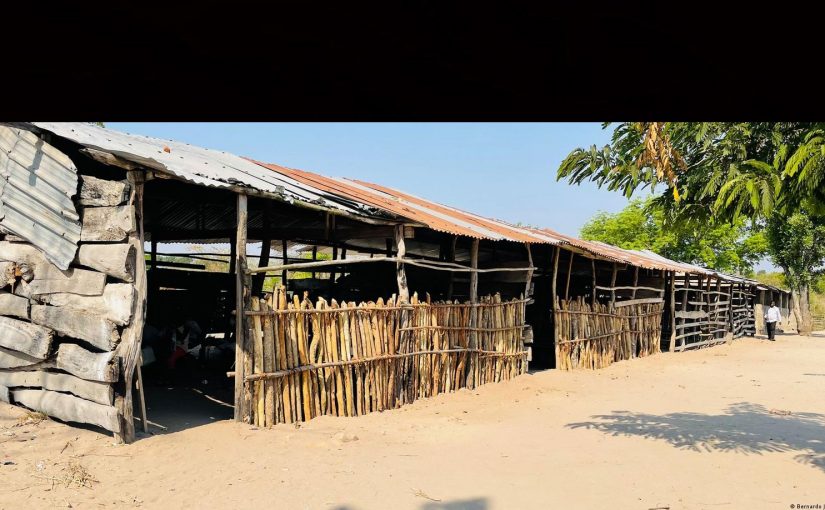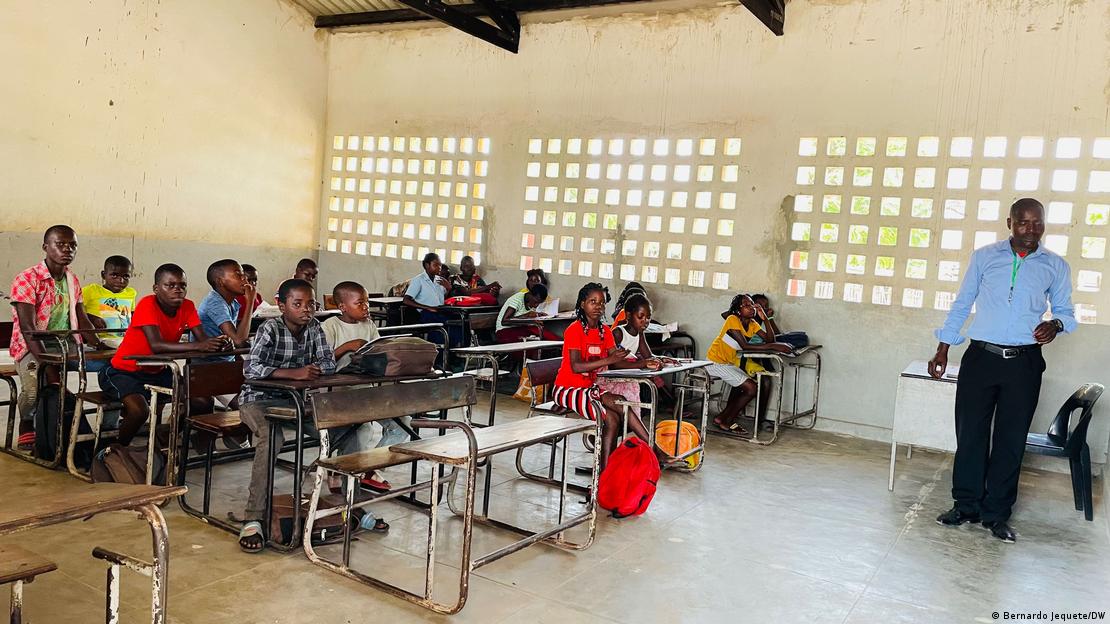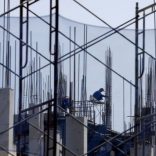Mozambique: 48,000 cases of tuberculosis diagnosed over last six months
Mozambique: Lack of classrooms and teachers in Manica province for upcoming school year

Photo: Bernardo Jequete/DW
- With the return of Grade 7 pupils to secondary education in Mozambique, thousands of students will struggle to find places in ‘basic schools’. Due to bad weather, many pupils in Manica will attend classes in borrowed classrooms or learn at a distance.
In 2018, the Mozambican parliament approved a revision of the National Education System (SNE) law, putting Grade 7 back into secondary education. At the time, Minister of Education and Human Development Conceita Sortane said that the revision aimed at reorganising the SNE to leave seven grades of primary education and two degrees, with several teachers in the second degree, and six grades of single teaching.
The revised model takes effect this academic year, starting on January 31, 2023. However, the education sector does not have the infrastructure or teaching staff to meet the demand. As alternatives, the Education and Human Development sector in Manica province says that students will have to attend classes in borrowed adjoining classrooms or learning via distance learning, according to age.
In Manica province, 49,856 students moving on to Grade 7 and secondary education will contest entrance into the 47 so-called “basic schools”, prepared for the new teaching model.

Due to the insufficiency of these schools in Manica, as in some other provinces in the country, many students are expected to attend classes in borrowed classrooms in the primary schools they left.
According to the director of Education and Human Development in Manica, Albino Chaparica, a baseline study was carried out by the Ministry of Education before the introduction of this new modality. Chaparica is satisfied that most Grade 7 students will be accommodated.
“The infrastructure exists, but the strategy adopted within the education sector is that, as a precaution, if there are situations where children are not housed in secondary schools, we will adopt the criterion of adjoining classrooms. They can work at the primary school they are leaving,” he explains.
Lack of teachers and poor infrastructure
The school year also starts with the problem of insufficient teaching staff to meet the avalanche of students that will be flooding into secondary education this year. Chaparica however promises that new teachers will be hired:
“It is true that we should have to recruit teachers to meet demand in the sector,” he admitted. “Teachers who are teaching in primary schools who have completed higher education will be able to reinforce secondary schools in order to meet demand under the model being implemented this year.”

Baptista Manuel José, guardian of one of the children likely affected, thinks that the new teaching model might prove inconvenient for some students, as there are few secondary schools, and many of them are far from residential areas.
“Given that the schools are a long way away, the government might like to sit down and think, instead of acting on abstractions. It will not work in rainy weather, because you will have to cross streams to get home, and this is dangerous. The government must think and create conditions because these children are aged 10, 12 and 13,” Manuel told DW.
In Manica, rains and strong winds have already destroyed 64 classrooms in eight of the province’s 12 districts since last October. The number is forecast to increase in the remainder of the current rainy season.
“We have had about 64 classrooms hit by the weather, including 22 conventional classrooms, 17 mixed, 25 precarious, four administrative blocks, 11 teachers’ houses and two bathrooms,” the director of Education and Human Development in Manica enumerated.
During the 2023 school year, which starts on January 31, more than 7,867 students and 212 teachers will likely be affected by the weather, and could find themselves attending classes in tents and borrowed classrooms.












Leave a Reply
Be the First to Comment!
You must be logged in to post a comment.
You must be logged in to post a comment.